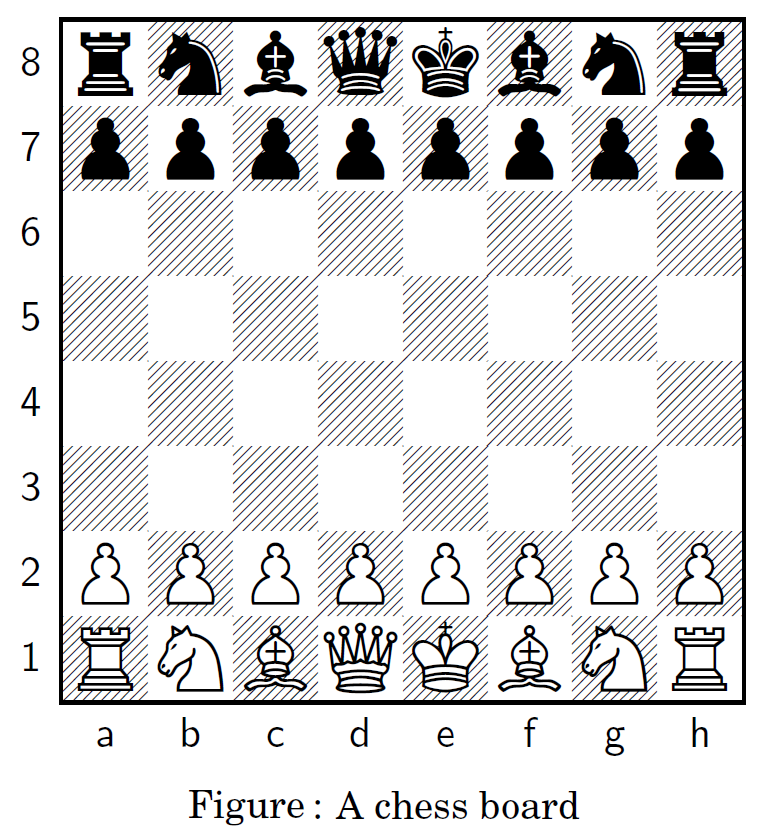What is Chess?
Chess is a two-player game with origins dating back to 6th century AD. Chess is played over a 8x8 board with 16 pieces for each side (8 pawns, 2 knights, 2 bishops, 2 rooks, 1 queen, and 1 king). Players make moves in turns in which the player with the white pieces moves first. The ultimate goal of the game is to capture the enemy king. A player can get close to this goal by threatening the king through a "check": if the king has no escape, the game ends with a "checkmate". A game can end in three ways: white player wins, black player wins, or the game ends in a draw.

What is a "Chess Engine"?
Over the past decades, computer scientists have developed algorithms, or "chess engines" that exploit the game-tree structure of chess. These engines analyze each possible tree branch to come up with the best moves. The early chess engines were inferior to humans. After a few decades however, one particular chess engine developed by IBM in the 1990s, Deep Blue, famously defeated the world chess champion at the time, Garry Kasparov in 1997. This was the first time a world chess champion lost to a chess engine under tournament conditions. Since then, chess engines have passed well beyond the human skill. As of 2020, Stockfish 11 is the strongest chess engine with an ELO rating of 3497. In comparison, the current world chess champion, Magnus Carlsen, has an ELO rating of 2862.
What is the "Superstar Effect"?
It is the idea that "superstars", i.e. individuals with extraordinary talent and ability may create an adverse effect on their peers in a rank-order tournament setting. Brown's seminal work uses observations from Tiger Woods, and finds that professional golf players perform much worse when Tiger Woods is present in their tournament.
Why is Chess important for the Superstar Effect?
Chess not only provides data for millions of professional-level games, but it also happens that chess has six superstars from different time periods and samples:
- Magnus Carlsen (2013-...)
- Garry Kasparov (1995-2001)
- Anatoly Karpov (1976-1983)
- Bobby Fischer (1962-1970)
- Hou Yifan (2014-2019)
- Igors Rausis (2012-2019)1
1. Igors Rausis provides a unique situation in which as a professional Grandmaster, he competed against non-master opponents in several tournaments.↩